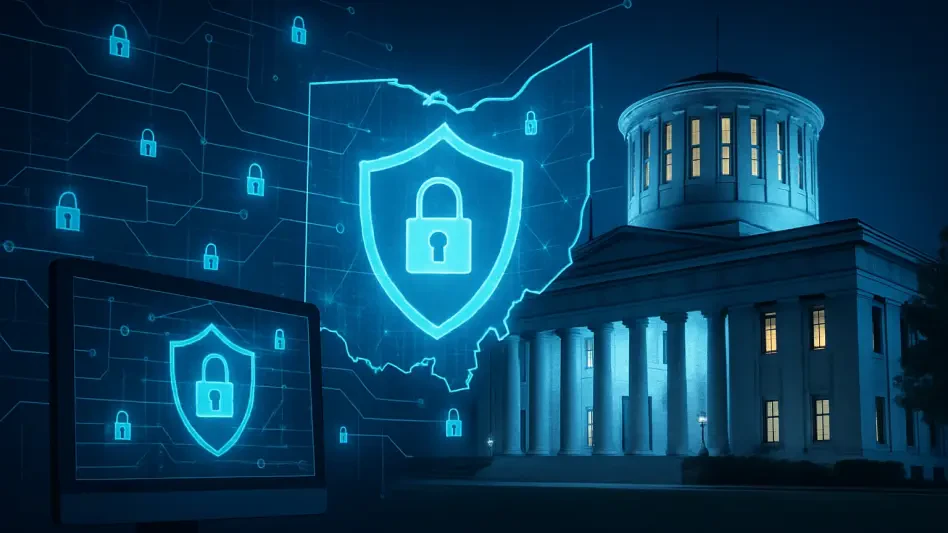Online fraud is escalating at an alarming rate, and tech companies are under immense pressure to enhance their security measures. This article delves into the evolving landscape of fraud and the critical role technology firms must play to safeguard the public.
The Evolving Threat of Online Fraud
Modern Scams on the Rise
Fraud has evolved significantly, utilizing modern technology to deceive victims. Common schemes now include phishing emails, deceptive text messages from fake delivery companies, and phone scams impersonating banks. The ease with which fraudsters can execute these scams makes the threat even more severe. Exploiting the ubiquitous nature of technology in our lives, these malicious actors prey on unsuspecting individuals, making every digital interaction a potential risk.
While the sophistication of these scams grows, public awareness has not kept pace. Many still fall for basic phishing attacks, lured by seemingly legitimate emails or texts that ask for personal or financial details. As fraudsters continually refine their techniques, even those familiar with earlier scams may be tricked by more advanced deceptions. The rapid adaptation of these scams means both tech users and companies must be vigilant and constantly upskill to recognize and prevent fraud.
International Scope of Fraud
A large proportion of fraud in places like the UK is orchestrated by overseas gangs. This international dimension requires a collaborative global response. Distance no longer protects against fraud, as cybercriminals can effortlessly connect with unsuspecting victims through digital channels. These international fraud networks exploit differences in regulations and enforcement between countries, often making it harder to track and prosecute them.
Moreover, the anonymity provided by the internet enables these criminals to operate from remote locations with minimal risk. They can target thousands of potential victims across borders with a few clicks, making their operations highly efficient and profitable. The international scope of online fraud underscores the need for countries to work together, sharing intelligence and resources to disrupt these global networks effectively. Improved cooperation between tech firms and international law enforcement agencies is essential to address this pervasive issue.
Government Initiatives and Global Cooperation
UK’s Role in the Global Fight
The UK is leading the charge against international fraud, spearheading initiatives like the UN’s first-ever fraud resolution. Upcoming events such as the Global Fraud Summit, co-hosted by the United Nations and Interpol, highlight the country’s commitment to fostering international collaboration. These efforts aim to create a unified front against fraudsters, facilitating the exchange of crucial information and best practices among nations.
By pushing for global standards and regulations, the UK hopes to limit the safe havens where fraudsters currently operate with impunity. Enhanced international treaties and cooperative frameworks can help streamline the process of extraditing criminals and prosecuting them under unified legal standards. This collective approach ensures that no single country becomes an easy target due to weaker laws or enforcement mechanisms, ultimately protecting citizens worldwide from the growing menace of online fraud.
New Counter-Fraud Strategy
The government’s new counter-fraud strategy includes immediate and significant action from tech and telecom companies. By working together, businesses and law enforcement can more effectively disrupt sophisticated fraudulent networks. This strategy emphasizes proactive measures such as real-time data analytics, robust authentication processes, and advanced threat detection systems to stay ahead of fraudsters.
Tech companies are encouraged to invest in cutting-edge technologies and collaborate with cybersecurity experts to reinforce their defenses. Regular audits and updates to security protocols are also critical in mitigating risks. Moreover, fostering a culture of transparency and rapid response within organizations can help in promptly identifying and addressing potential threats. The success of this strategy hinges on the continuous cooperation between the private sector, government bodies, and international partners to create a secure digital environment.
Technology: Both a Tool and a Target
The Dual Edge of AI
Artificial Intelligence offers both hopeful advancements and new risks. While it can bolster sectors like healthcare and security, its capabilities are easily exploited by fraudsters to create increasingly convincing scams. AI can impersonate voices, mimic writing styles, and generate fake images, making it difficult for individuals to discern genuine communications from fraudulent ones.
The same technologies that enhance productivity and convenience can also be repurposed for nefarious activities. AI-driven algorithms can analyze vast amounts of data to identify and exploit vulnerabilities in systems, automate phishing attempts, and personalize scams to increase their success rates. As AI continues to evolve, it is imperative for tech companies to develop countermeasures that leverage the same sophisticated techniques to detect and mitigate fraudulent activities. Balancing the benefits of AI with robust security measures will be crucial in maintaining trust in digital interactions.
Staying Ahead of Technological Threats
Remaining vigilant against emerging technological threats is crucial. Tech companies must invest in advanced security measures to anticipate and counter new forms of fraud effectively. This includes deploying machine learning models that can detect patterns indicative of fraudulent behavior and integrating multi-factor authentication to enhance user security.
Continuous innovation in security protocols and regular training for employees on the latest threats are essential. Adopting a proactive approach to cybersecurity, where potential vulnerabilities are identified and addressed before they can be exploited, is vital. Collaboration with other industry players and participation in information-sharing networks can also fortify defenses against increasingly sophisticated attacks. By staying ahead of technological advancements, tech companies can better protect their users and maintain the integrity of their platforms.
Public Vigilance and Education
The Role of Public Awareness
Public awareness campaigns like the Stop! Think Fraud initiative are vital. Educating individuals and small businesses about the nuances of fraud can help them recognize and avert scams more effectively. These campaigns provide practical tips on identifying suspicious messages, verifying sources, and safeguarding personal information, ultimately empowering the public to protect themselves.
In addition to mass awareness campaigns, targeted education initiatives for vulnerable groups such as the elderly, who are often prime targets for fraudsters, are crucial. Workshops, online tutorials, and community outreach programs can further enhance public understanding of the evolving tactics used by scammers. Ensuring that the public remains well-informed about the latest threats and preventive measures can significantly reduce the incidence of fraud, making it harder for criminals to succeed.
Government Support for Victims
Online fraud is growing at a frightening pace, and tech companies are feeling the heat to ramp up their security measures. This issue isn’t just about protecting individual users but also the broader public who rely on these technologies daily. The article explores how fraud tactics are constantly changing and getting more sophisticated. Therefore, tech firms must evolve alongside these threats to stay one step ahead. The burden on technology companies is immense; they must invest in advanced cybersecurity systems and continually update their defenses. By doing so, they can protect sensitive data and maintain user trust. Their role in combating online fraud is crucial, serving as the first line of defense against cybercriminals. As hackers develop new methods, it’s essential for tech firms to be proactive. Thus, the article highlights the critical necessity for technology companies to stay vigilant and innovative in their approach to cyber defense, ensuring they safeguard not just their interests but those of the entire public who depend on their platforms and services.







